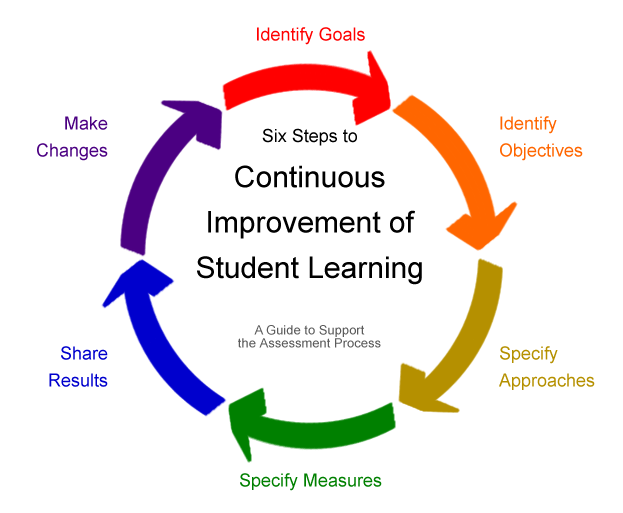e-Learning Ecologies MOOC’s Updates
Continuous Assessment
The concept of continuous assessment involves the quality of a student's work. This is done by judging or assessing various pieces of work during a course and not by one final exam.
The purpose of assessment in general is to gather relevant information about your student progress, or to determine student interests. These assessments then allow us as teachers the opportunity to make judgments about their learning process. After receiving this information, teachers can reflect on each student’s level of achievement, as well as on specific inclinations of the group, to customize their teaching plans.
When we provide assessment on a once-off basis, we eliminate that continuous learning process. It also does not allow valuable feedback in terms of “how can we make this work better for the students’.
Continuous assessment provides day-to-day feedback about the learning and teaching process. Assessment can reinforce the efficacy of teaching and learning. It also encourages the understanding of teaching as a formative process that evolves over time with feedback and input from students. This creates good classroom rapport.
Learning is continuous, and if we limit assessment to a once off concept, then we break down this cycle.
According to an article published by Rosario Lunar Hernández titled “Does continuous assessment in higher education support student learning?” It was found that continuous assessment has the potential to support student learning through feedback and to increase students' motivation for learning. Students do better in modules that have increased coursework and as such continuous assessment has become an integral part of the majority of modules in Irish Higher Education (Hernández, 2012).
How to include this into your everyday teaching does take planning and organisation. Checkpoints and the opportunity to review and reflect need to be built into the learning pathway. Written, oral and practical components can also be included that will allow the student to represent strengths across a multitude of platforms. Prepared discussions vs on the fly discussions can be incorporated. Students can pull questions out of a hat and then have to discuss the topic without any form of prior preparation. Both types of assessment will allow the teacher to determine what learning has taken place. This article includes a lovely summary on methods to consider when planning your assessments.
https://www.theedadvocate.org/real-purpose-assessments-education/
https://www.semanticscholar.org/paper/Does-continuous-assessment-in-higher-education-Hernández/3415dfa4d615d374e6b1527c9d9d108bd1010be3#extracted
Hernández, Rosario. (2012). Does continuous assessment in higher education support student learning?. Higher Education. 64. 10.1007/s10734-012-9506-7.
https://stll.au.dk/en/resources/assessment-methods/continuous-assessment/



Your update brought to mind the idea of socio-cultural learning and Vygotsky's scaffolding methodology. I like the idea of a teacher and a student working together as a team not necessarily towards a static goal, but to the end of continuous improvement and learning. Thanks for your post!
I believe continuous learning might be much more beneficial to learning and to students than the traditional one test structure. It lets you track the way students improve individually, instead of comparing them to each other constantly. I think it can also benefit students' mental health if they are asked to work constantly but with less rather than memorizing the information before one big exam.